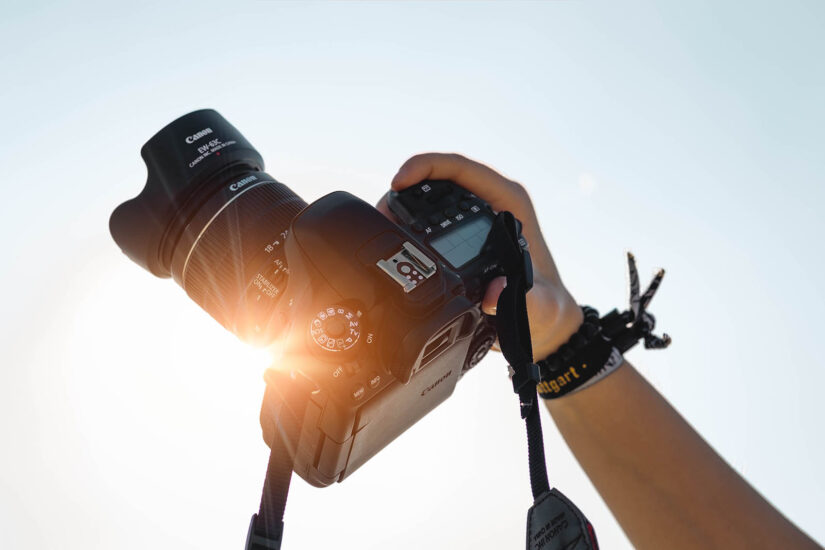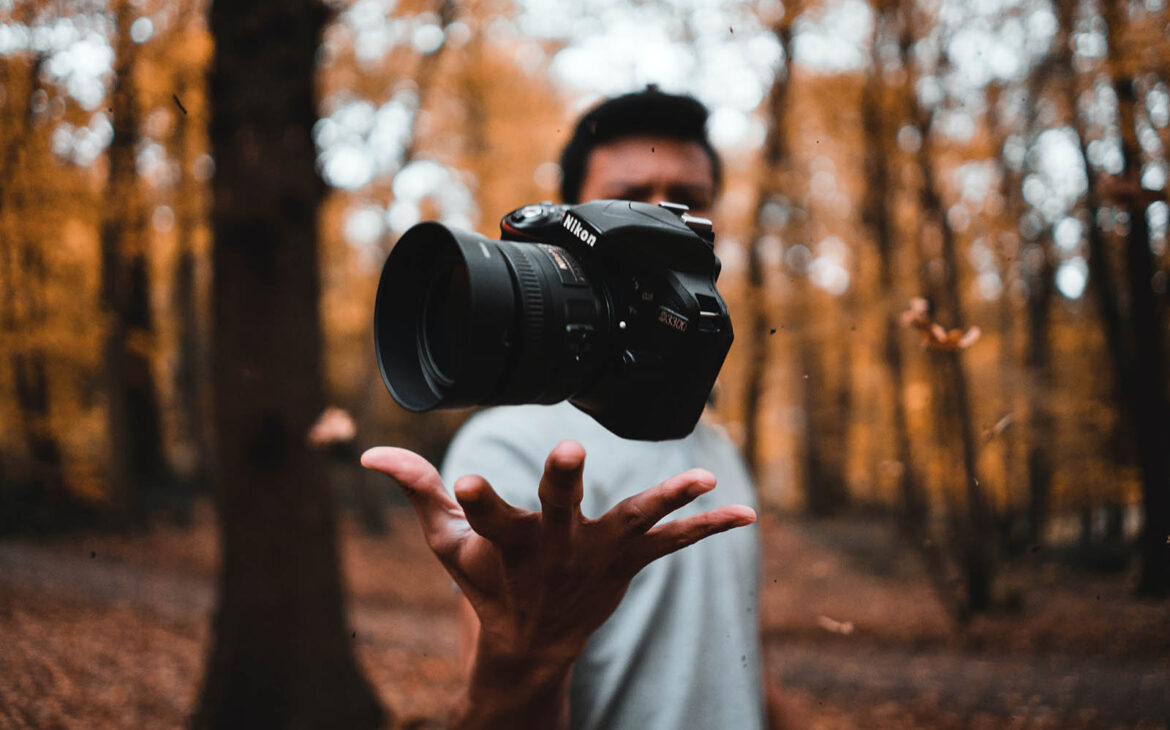Mastering Exposure: 5 Tricks for Perfectly Balanced Photos

Mastering Exposure: 5 Tricks for Perfectly Balanced Photos
Mastering exposure is a fundamental skill that can greatly impact the quality of your photography. Understanding how to control exposure allows you to capture perfectly balanced photos with the right amount of light and detail. In this article, we will delve into essential exposure concepts, explore the elements of the exposure triangle, learn how to effectively use manual mode for precision, discover the benefits of exposure compensation for fine-tuning, and explore creative techniques to enhance your images. By mastering these tricks, you can elevate your photography and achieve stunning results.
Understanding Exposure Basics
What is Exposure in Photography?
Exposure in photography is like Goldilocks finding the perfect porridge – not too hot, not too cold, but just right. It’s all about getting the right amount of light to hit your camera sensor. Too little light and your photo is as dark as a crypt. Too much light, and it’s brighter than your future.
The Importance of Proper Exposure
Proper exposure is the holy grail of photography. It’s the difference between a masterpiece and a mediocre snapshot. Nail it, and your photos sing with clarity and detail. Mess it up, and your images are either too dark (hello, silhouette city) or too bright (overexposed faces are not a good look).
Exploring the Components of the Exposure Triangle
The exposure triangle is like a love triangle but with ISO, aperture, and shutter speed. These three musketeers work together to control how much light enters your camera. ISO is your sensitivity to light, the aperture is your pupil (the wider, the more light), and shutter speed is, well, how long the shutter stays open (blink and you’ll miss it).
Balancing ISO, Aperture, and Shutter Speed
Balancing ISO, aperture, and shutter speed is like trying to juggle flaming torches while riding a unicycle – it takes skill. Adjusting these settings affects not only exposure but also depth of field and motion blur. It’s a delicate dance to get that perfect balance where your photo isn’t too dark, too bright, or too blurry.

Mastering Manual Mode for Precision
Benefits of Shooting in Manual Mode
Shooting manually is like ditching the training wheels and riding your bike like a pro. It gives you full control over your camera settings, allowing you to fine-tune exposure for each shot. No more relying on the camera’s best guess – you call the shots.
Adjusting Settings for Optimal Exposure
In manual mode, you’re the boss. Want a darker photo? Crank down that exposure. Need it brighter? Open up that aperture or slow down that shutter speed. It’s like being a wizard, but instead of spells, you’re casting the perfect exposure with every click.
Using Exposure Compensation for Fine-Tuning
How Exposure Compensation Works
Exposure compensation is like having a magic wand to tweak your exposure without diving into the nitty-gritty of manual mode. It allows you to adjust your camera’s exposure settings to make your photos darker or brighter based on your artistic vision.
When and How to Use Exposure Compensation
Think of exposure compensation as your secret weapon for tricky lighting situations. When your camera’s metering gets it wrong (hey, we all make mistakes), exposure compensation lets you take back control. Whether it’s a backlit scene or a high-contrast landscape, a touch of exposure compensation can work wonders.Creative Exposure Techniques for Unique Effects
Exposure is like seasoning in photography – get it just right, and your photos will be delectable. Here are some nifty exposure tricks to spice up your shots and add that extra oomph.
Long Exposure Photography
Ever wanted to capture dreamy, ethereal scenes that seem to dance before your eyes? Long-exposure photography is your ticket to a world of mesmerizing motion blur and smooth, silky waters. Simply slow down your shutter speed, and watch as moving objects transform into soft streaks of light. Whether it’s capturing star trails in the night sky or turning a bustling city street into a serene river of lights, long-exposure photography can add a touch of magic to your images.High Key and Low Key Photography
High-key and low-key photography are like the yin and yang of exposure techniques – one emphasizing light, the other shrouded in shadows. High-key photography bathes your subjects in bright, even light, creating a soft, airy feel perfect for portraits or products. On the flip side, low-key photography revels in darkness, using shadows and contrast to evoke mystery and drama. Experiment with these contrasting styles to add depth and mood to your images, whether you’re aiming for a light, airy vibe or a dark, brooding atmosphere.
Conclusion
In conclusion, mastering exposure is a key aspect of photography that can make a significant difference in the quality of your images. By applying the tricks and techniques discussed in this article, you can achieve perfectly balanced photos with the right exposure levels. Whether you are a beginner or a more experienced photographer, understanding exposure and practicing these skills will enhance your creativity and help you capture truly captivating images. Keep experimenting, keep learning, and watch your photography skills grow as you continue to master the art of exposure.
Thank you for reading 🙂












